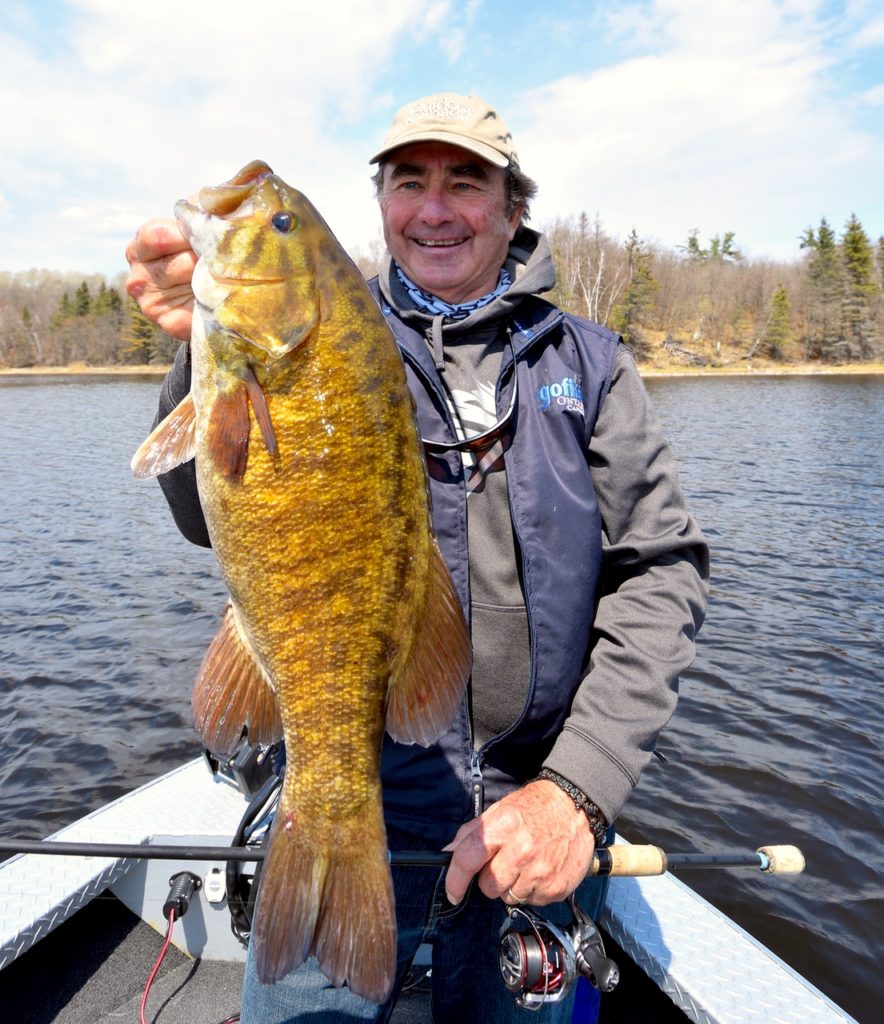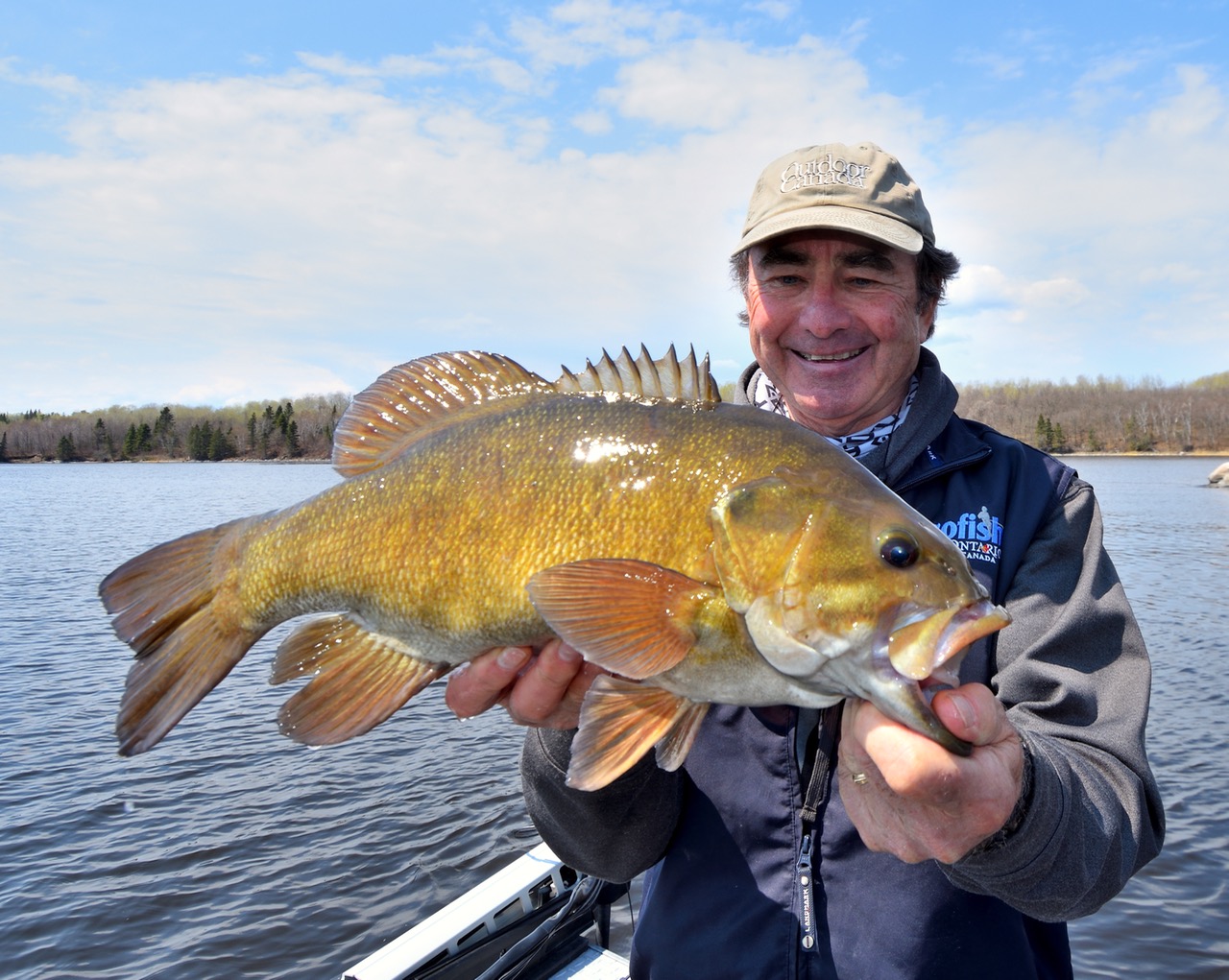Just do it
The one and only thing that will make your fishing better
Advertisement
First things first, I must give credit where credit is due: I got the idea for this column from an article I recently read online. Entitled “The one and only thing that will make your photography better,” it argued that you need to actually get out and take pictures—not just read about techniques—to truly learn the art of photography. Well, the same approach applies to fishing.
The fact of the matter is, we live in a time of information overload, when you can simply click a button and read, watch or listen to almost anything about any subject. This has been even more pronounced during the COVID-19 pandemic, when so many of us have extra time on our hands at home.
Advertisement
Want to learn how to catch crappies in the summer? Troll for muskies in the fall? Catch lake trout through a hole in the ice? Learn the pros and cons of monofilament, fluorocarbon and braided line? It’s all there on the Internet, with so many different expert opinions your head will start to spin. But no matter how many YouTube videos you watch, webinars you tune into, podcasts you listen to or live broadcasts you participate in, you’re still not fishing—and truly learning about fishing.
A while back, I did a live online broadcast with Fish’n Canada co-hosts Angelo Viola and Pete Bowman, and it was great fun. It was originally planned as a one-hour program, but two and a half hours into the session, the questions kept flowing in like a tsunami and Ang had to bring it to an end. It was just before southern Ontario’s bass opener, so many of the questions were not surprisingly related to fishing with marabou jigs. That’s a subject near and dear to my heart, as I was there during the northern Ontario ’bou revolution of the 1980s and ’90s, long before the technique became today’s hottest hush-hush tactic (I still get a chuckle when I see a youthful YouTuber refer to the technique as “new”).

Anyway, I don’t think there’s a marabou detail we didn’t delve into during the broadcast, and I’m certain some of the listeners were riding sky high afterwards, thinking they could now simply pick up a fishing rod, tie on a hair jig and start catching bass at will. It just doesn’t work that way, however, whether you’re walking-the-dog with a stickbait for largemouth bass, bulging an in-line bucktail for muskies or pulling a slow-death rig for walleye.
Advertisement
I hate to say it, but if you’re super successful the first time you try a new fishing technique, it’s often more luck than anything else that’s at play. If you don’t think I’m telling the truth, watch Tiger Woods explain how to hit a 300-metre drive down the fairway, then go out and do it yourself the first time you tee up a golf ball.
Back to the Fish’n Canada discussion about marabou jigs, many of the questions came from anglers in southern Ontario. That got me thinking afterwards, what modifications would they have to make to get the ’bou bug to work as well in hot spots such as Lake Simcoe, Rice Lake or the Rideau system? Would black still be the ultimate colour in those much clearer waters? And if the bass hunkered down deeper, what size jig head would be ideal?
Advertisement
That, my friends, is the point. It’s all well and good that you read the likes of Outdoor Canada magazine, watch tutorials and tune into live broadcasts for cutting-edge fishing tips. But you also must think carefully about what you’ve read, watched or listened to, then put it into practice out on the water, assessing and altering it to your way of fishing. Only then can you evaluate the results and adapt the marabou jig tactic—or any other technique—to your lake and your way of fishing.
It is the one and only thing that will make your fishing better. Guaranteed.
Catch Gord Pyzer on the Outdoor Journal Radio Show on The Fan 590. See www.odjradio.com for times.
Learn more about catching smallmouth bass with marabou jigs at www.outdoorcanada.ca/maraboujigs.

